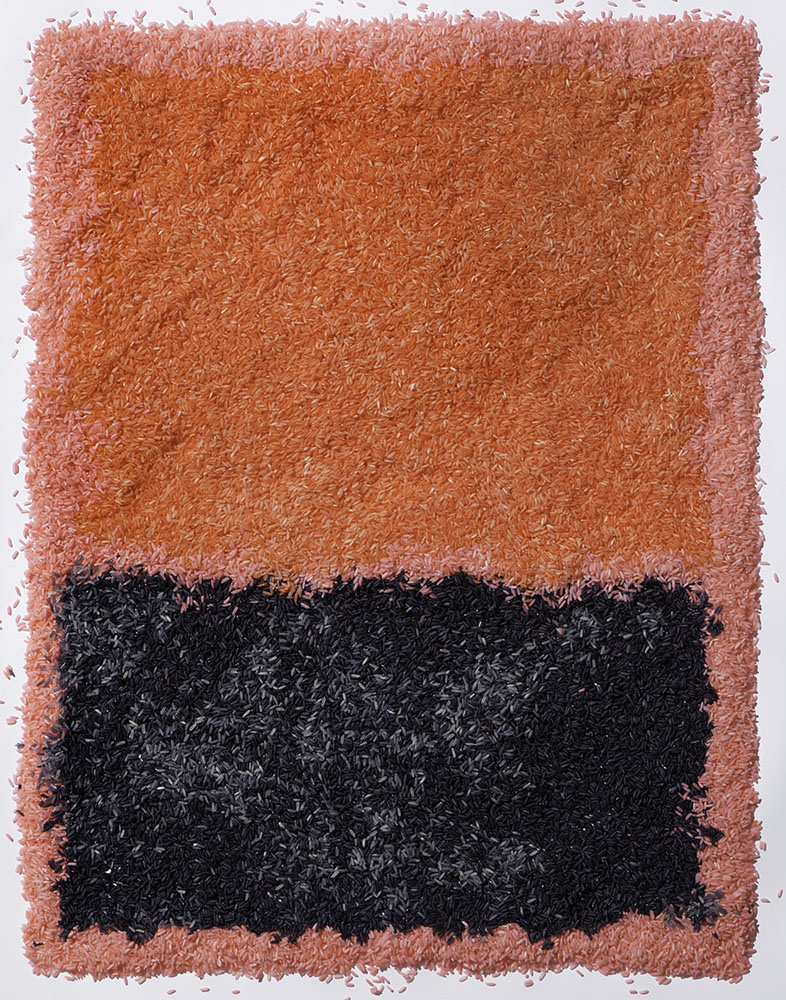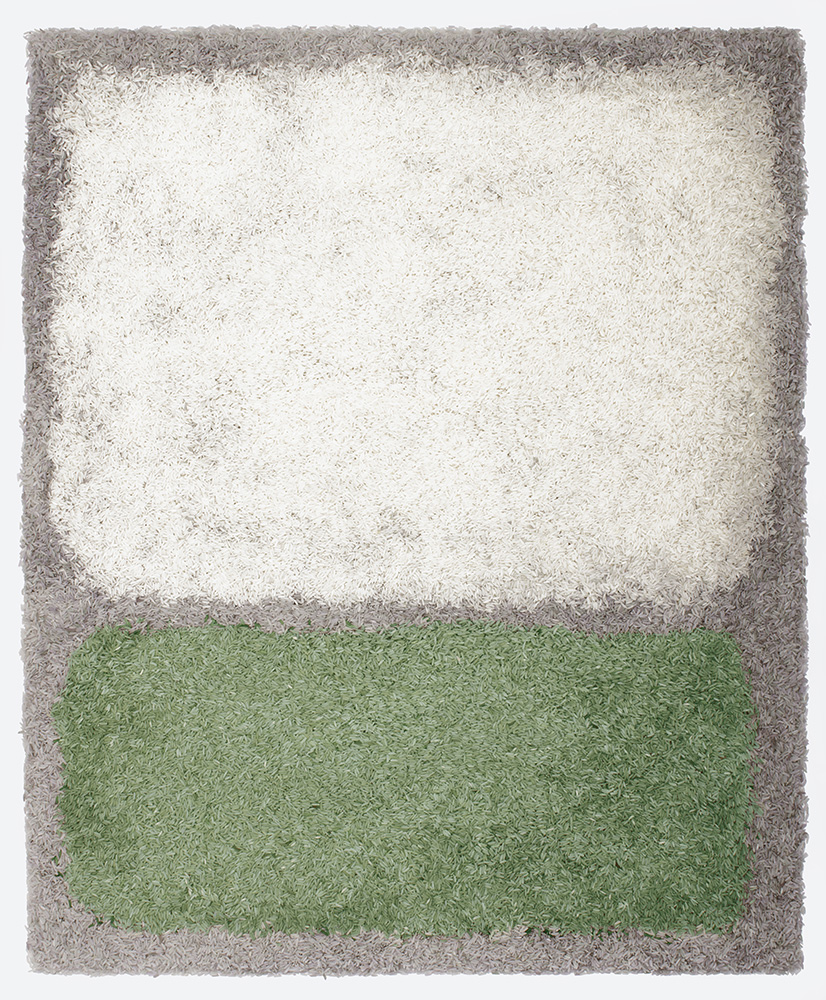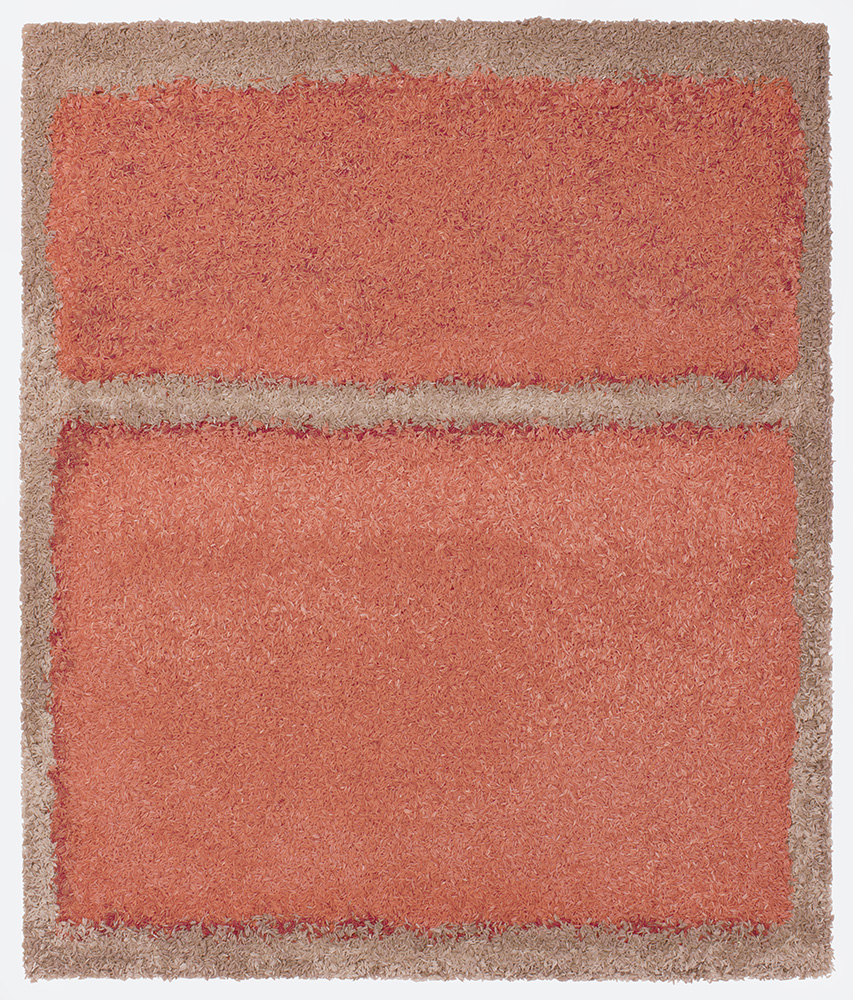The fallout
of the
Food System
—
Mushroom Clouds based on the most significant detonations in history.





POWER
HUNGRY
—
Power Hungry shows how authoritarian regimes throughout history have used food as a weapon, systematically oppressing, silencing, and killing people through starvation.
We want people to literally and figuratively sit down and look across a table to see the glaring disparities between the “haves and have nots." The world has clearly changed tremendously in just a few short decades. Swaths of the world's people, once routinely afflicted by sweeping hunger, have more regular access to food than before. Indeed, even some poor populations now face a greater threat from obesity than from starvation.
Yet tremendous imbalances exist in places both far away and closer to home. Many throughout the world are still forced to survive on the most meager of meals, or nothing at all, while a powerful few lavish in absurd culinary luxuries.
These are just a small sampling of the communities where such contradictions exist.






Gingerbread
Art Galleries
—
Completed for display at Dylan’s Candy Bar for Art Basel, Miami. These towering architectural creations of the world’s most famous art museums and galleries were created with gingerbread and candy.
An array of hard candy windows form the iconic pyramid extension at the Louvre, while icing and gingerbread form the smooth curves of the Solomon R. Guggenheim Museum.







Food
Scans
—
Organized by month, Food Scans is a series that showcases the beauty and bounty of seasonal fruits and vegetables throughout the year.
Just as produce picked at peak flavor requires very little adornment on the plate, such was the case with these pictures. Simply placed on the scanner, we're able to see every curve, nook, and cranny in incredible detail — and mirrored images allow us to explore symmetry, natural beauty, and the way imperfections and inconsistencies often become the most breathtaking examples of nature's artistry.












Mark
Rice-Ko
—
The Rice-Ko project began four years ago when our interest was piqued by the news reports of a famous Rothko painting being defaced in London’s Tate gallery. It turned out to be one of Rothko’s famed Seagram murals, one of many he was commissioned to do in 1958 by the Four Seasons Restaurant in New York City.
Rothko originally accepted the commission, but soon came to resent it for many reasons. He famously quoted saying that he wanted to "upset, offend and torture" the diners at the Four Seasons and hoped to “ruin the appetite of every son of a bitch who ever eats in that room.” Rothko despised the fact that the restaurant represented everything he stood against in particular the rich and elite of New York Society. So after spending a year and a half creating 30 paintings, Rothko gave back the money and took back his paintings. Never did they grace the walls of the Four Seasons Restaurant.
Needless to say we were fascinated by this intriguing story. Not only did it offer insight into the mind of one of the worlds most renowned artists, but it connected food and art. This is really where our story began. We embarked on the journey of how we too could bring these two worlds together. Our first several iterations of this project reinterpreted some of the original Segram murals along with other famous Rothkos out of rice. The "Rice-Ko” was born.
As fate would have it, several years later we heard of the news of the closing of the Four Seasons Restaurant after almost 60 years. This iconic restaurant represented so many things to so many people. It was one of the first to introduce seasonal cooking into the mainstream. It was at the forefront of the food movement long before there was one, and for many years was considered to be the best restaurant in New York City. And on the other hand it is where the “power lunch” was invented and still to this day represents those things that Rothko had so long ago despised.
We couldn’t resist and had to revisit this series of works. We wanted to pay homage to both sides of this story, both Rothko and the restaurant. Again we used famous Rothko paintings, but instead of recreating the original Seagram Murals, we opted to celebrate the glorious food and innovation. Each piece represents an iconic element or dish from the restaurant’s history and even contains rice from the restaurant’s kitchen. While not as dark and serious as the original murals we hope to have successfully merged the worlds of food and art, and honored the legacy of both.

















